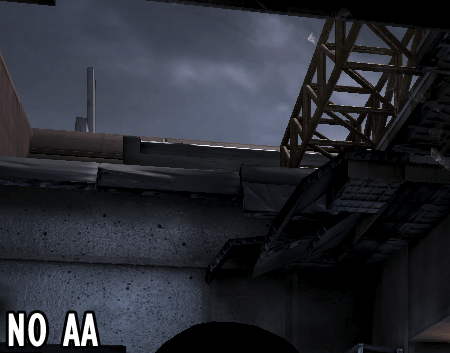How Well Will Mass Effect 3 Run On Your PC?
On March 6th, BioWare will launch Mass Effect 3, the final chapter in Shepherd's epic journey. We take the game's demo for a spin in anticipation of how this highly-anticipated title will behave on a broad range of graphics cards and processors.
Image Quality And Settings
Like its predecessors, Mass Effect 3 employs the venerable Unreal Engine 3. The technology behind Epic Games' engine has been in use since 2006 (when it powered Gears of War). But we've seen it receive a number of updates over the years, and it still manages to deliver compelling visuals. It doesn't exploit the features packed into modern graphics cards quite like Crysis 2 or Battlefield 3, but the emphasis here is on a story, and decidedly not technology. Graphics-wise, you get a little more than was offered in previous Mass Effect titles. The experience is largerly similar, though.
Here's the bad news: as with so many games nowadays, Mass Effect 3 is a console-first title. The PC version is a port, and that means you won't get a lot of control over graphics quality. The demo gave us two options: dynamic shadows and anti-aliasing.
You'll want to take advantage of dynamic shadows whenever possible; they add a lot of depth and realism. Anti-aliasing obviously is there to help smooth out jagged lines. This is the first time a Mass Effect game has included an option for anti-aliasing, and the implementation isn't tied to hardware. Rather, BioWare went with Nvidia's software-based FXAA. The resulting workload isn't very taxing, and yet it does an impressive-enough job.
We also tried to force 4x MSAA through each card's driver panel to try improving display output quality. This approach only worked on AMD's cards, though, facilitating even smoother edges when we used it in conjunction with FXAA.
Get Tom's Hardware's best news and in-depth reviews, straight to your inbox.
Current page: Image Quality And Settings
Prev Page Benchmarking The Mass Effect 3 Demo On A PC Next Page Test System And BenchmarksDon Woligroski was a former senior hardware editor for Tom's Hardware. He has covered a wide range of PC hardware topics, including CPUs, GPUs, system building, and emerging technologies.
-
bak0n I'd be really shocked if there are many people out there running Intel 2500k's with geforce 220's or radeon 6450's.Reply -
mildsend I have phenom x4 9550 with 9800gt can i run this game at moderat setting at 1366x768 resolutions ?Reply -
rmpumper I really hope that the highest setting in ME3 demo are like med-high in the full game.Reply -
shin0bi272 So wait this console based game thats running on the unreal 3 engine plays well on a pc with a quad core and even a moderately good graphics card? Im shocked!Reply
Dont get me wrong though Im still excited to play it... just not expecting it to be graphically demanding. -
spp85 ReplyI have phenom x4 9550 with 9800gt can i run this game at moderat setting at 1366x768 resolutions ?
You can play medium to high settings on that resolution -
Sud099 why the hell they don't initially develop games for PC and then port to consoles like Battlefield 3Reply

